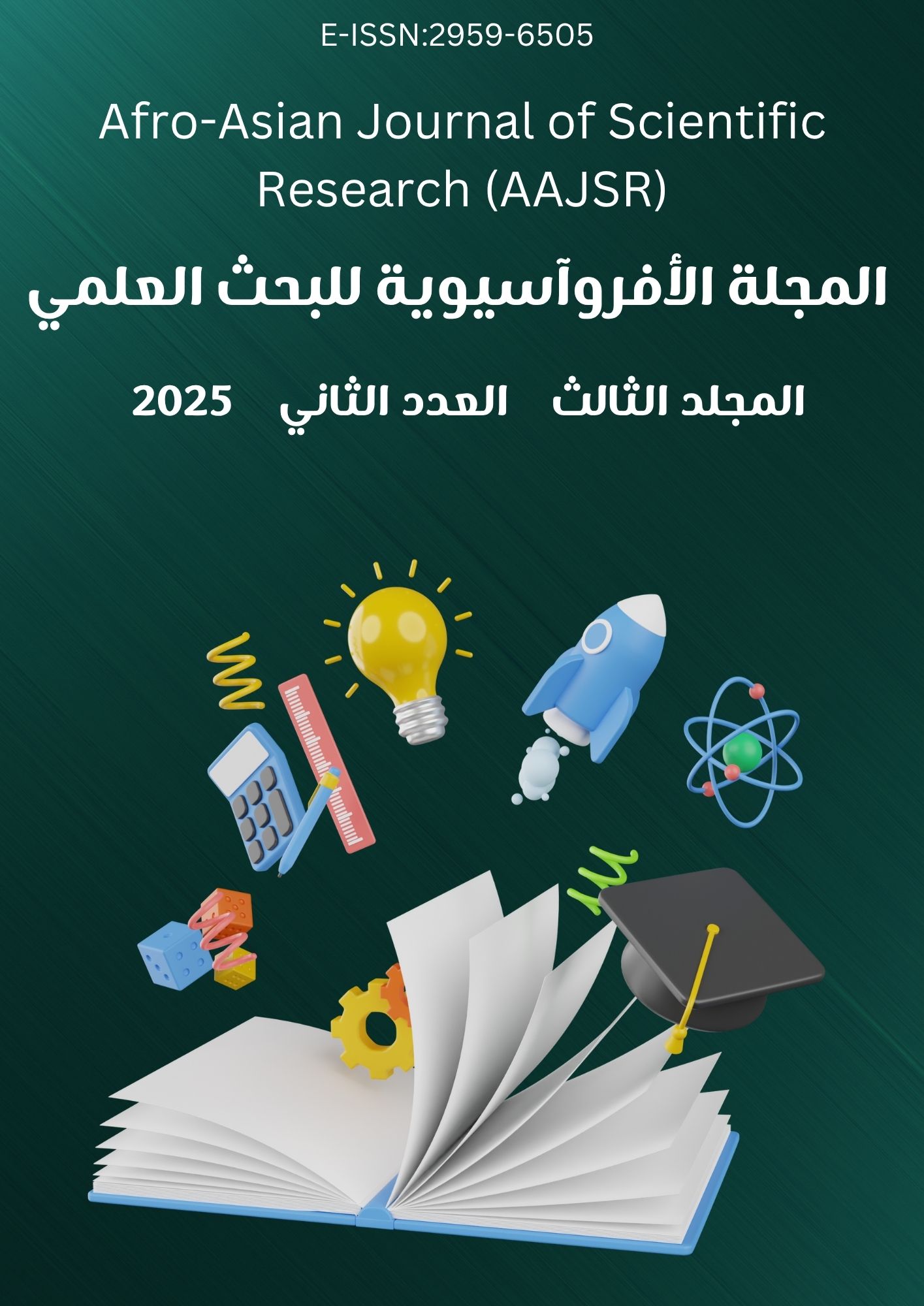Assessing the Effect of Chemical Fertilizers on Soil Health and Agricultural Productivity in Libya’s Arid Regions
الكلمات المفتاحية:
Chemical Fertilizers، Soil Health، Arid Regions، Soil Salinity، Organic Amendments، NPK Fertilizers، Microbial Biomass، Soil Fertilityالملخص
Libya’s agricultural lands are largely confined to oases and irrigated fields in extremely arid zones (e.g., Fezzan, Kufra, Sabha) where soils are predominantly Yermosols and Xerosols – shallow, sandy, highly calcareous, and low in organic carbon. Agriculture depends almost entirely on irrigation from deep aquifers (e.g., the Nubian Sandstone Aquifer and the Great Manmade River system), since only ~12% of Libya’s 15.4 million ha is arable. Soil salinization is a chronic issue: high evapotranspiration drives salt accumulation, and use of mineral fertilizers (e.g. urea, NPK blends, DAP) can further alter soil chemistry. In this study, we synthesize published data from Libyan field surveys and experiments to evaluate how common chemical fertilizers affect key soil health indicators (pH, electrical conductivity/salinity, organic matter content, microbial biomass) and crop yield, and compare these to organic or integrated nutrient management practices. Available evidence indicates that heavy N-based fertilization tends to acidify these alkaline desert soils, while saline irrigation water and fertilizer salts raise soil electrical conductivity and exchangeable sodium. In one oasis survey, soils under intensive private farming (with flood irrigation and chemical fertilizer) were 70% saline-alkali (pH>9), whereas neighboring state farms using deeper wells and presumably better management remained non-saline. Organic amendments (manure, compost) improve soil structure, raise organic carbon and microbial biomass, and can maintain yields comparable to mineral fertilizers. For example, onion trials in northwest Libya showed organic manure (20 t/ha) achieved yields (~13.3 t/ha) on par with or slightly above NPK fertilizer (12.8 t/ha) while enhancing soil properties. We find that overreliance on synthetic NPK/urea in Libya’s marginal soils exacerbates acidity and salt stress, undermining long-term fertility, whereas integrated systems (combining moderate inorganic N with organic matter and efficient irrigation) sustain productivity and soil health. These insights underscore the need for site-specific nutrient management, improved irrigation methods (drip/sprinkler), and organic inputs in Libya’s arid agriculture.






